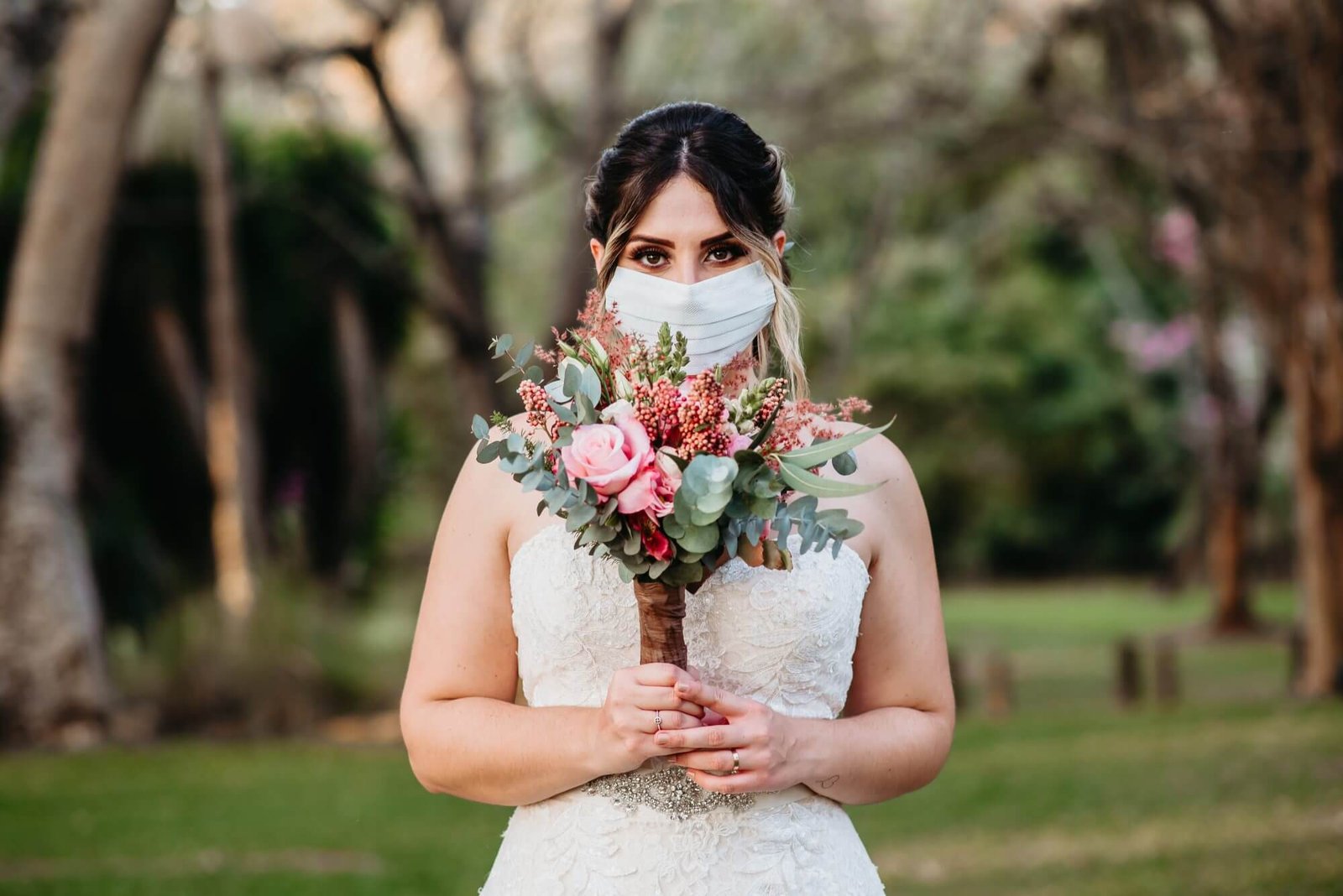Someone’s life can change from happy to tragic in a single moment. Sometimes, the doctor shoulders the responsibility of reversing this.
“I just got back from my pre-wedding shoot in Dubai last evening and I was perfectly fine. It was such a fabulous experience. The entire family went for dinner after that and we had a great time there too,” she recalled as she spoke to me lying on a hospital bed 12 hours after having the best time of her life.
“And then what happened?” I prompted her to continue. “I woke up this morning with severe back pain, and realized I just couldn’t move my legs,” she said, her face turning from a rosy pink to an ashen grey. “Then, I vomited twice, and with each vomit, I felt like I had lost sensation: first in the ankle and then at the knee and hips. It’s been several hours now, and I can’t feel anything waist downwards. My hands are absolutely fine,” she finished, flicking back her professionally done-up hair over a face that still had remnants of her photoshoot make-up. I asked her to move her legs, and nothing. Zero. I gently walked a needle, poking it from her thighs to her toes to ascertain if she could sense the prick of a pin, and again, nothing.
Her physician had ordered an MRI of the spine and expeditiously sent her to me. I plugged the films against the scintillant light of the scan viewer as the anguished family waited for me to pronounce my verdict. “There is a thick blood clot compressing the spinal cord at T-11, which has caused her to become paraplegic,” I said, pointing to the eleventh thoracic vertebra. “There could be an underlying tumour or a vascular malformation, but that is secondary. It has to come out at the earliest,” I decreed. “It’s choking the cord in full throttle. Time is of key essence in this. We should do it now.”
“Will she be able to move her legs?” the forlorn father asked, the anatomy of illness intersecting with the geometry of grief in his heart. “That’s the reason for rushing this,” I responded. “The faster we decompress the cord, the better her chances of recovery – but how soon she gets better is anyone’s guess. It could be a few days, it could be several months. There are a few patients who won’t improve despite our trying everything. “She was supposed to get married in 3 weeks!” the mother burst into a cloud of tears, sobbing uncontrollably.
“Her fiance is in another city and would like to speak with you,” said the brother, handing me the phone. “Doctor saab, tell me honestly: what are we dealing with here?” he asked. I wondered if he enquired with a subconscious trepidation of having committed his entire life to someone who might not be what he had imagined, if he sounded like he was ready to back out of the contract, until I quickly realized I was being judgmental without reason.
I explained the reality of the situation to him while the operation theatre was being spruced up for her. “Do your best, doctor. I love her very much,” he entreated, trying to navigate the trifecta of sadness, uncertainty, and hope from a distance as he hung up.
It was 6 PM. I had already operated on two cases that day and realized I hadn’t eaten a morsel yet. As the team prepped her for surgery, I decided to step out to the Udupi restaurant across the street to grab a quick bite. As I ate my idli sambhar, it dawned on me that this was the first time I was eating in a restaurant since the start of the pandemic. The food was gastronomically gorgeous. I was so focused on thinking about the case that as a force of habit from eating food only at home for over a year, I picked up my plate and walked towards the kitchen till the waiter politely stopped me mid-way and took over. The lockdown has really rewired our brains, I thought to myself.
In the operation room, after the induction of general anaesthesia, we flipped her on her back and cleaned and draped her in the usual fashion, but with an added and intense swiftness. I cut down the middle of her back to get to the bone, which I drilled off with intention and urgency as my assistant irrigated the field to dissolve the bone dust. Once we removed the bone, we saw the thick blood clot sitting there stubbornly, stuck to the covering of the spinal cord. We gently scooped it out, giving the spinal cord its desired space and respect. We did not find an underlying lesion from which it had bled. After having satisfactorily decompressed the cord, we closed.
A few hours after surgery, we checked to see if she had regained any function. Nothing. Perhaps just a flicker of the toe and that too if you imagined it hard enough. “Let’s wait and see what happens tomorrow,” I spoke with the despondent family, and called it a day.
On my drive back home, close to midnight, I reflected on the famous adage of how someone’s life can change in a day or even in a single moment. What must one go through in their mind when out of the blue they realize they can’t move their legs? Often, the cause is a viral affliction of the spinal cord called transverse myelitis, or an autoimmune condition affecting the nerves that supply the legs. In some rare cases, when the potassium level drops, it can lead to a condition called hypokalemic periodic paralysis, and gulping coconut juice can reverse the problem.
The next morning, when I went to see her, she waved at me with her ankles. There seemed to be a glimmer of hope. Two days later, she could bend her knees and hips. On day 5, she could stand with a walker. When she started walking a week later, she said she felt the ground differently than before, but her sensations seemed to return gradually. She was discharged ten days after surgery, walking independently, which is how she decided to leave the hospital. A spinal angiogram did not determine the source of her bleed. She had regained bowel and bladder function and exercised vehemently to strengthen her core, hamstrings, and quads. She was determined not to postpone her big day.
I’m going to the wedding next week. I’m glad she got her shot at her happily ever after, forever.






